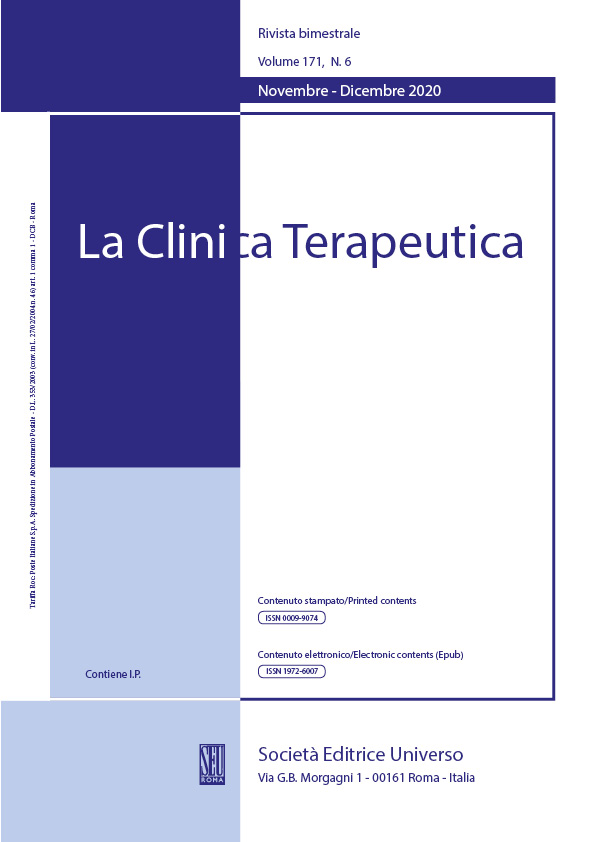Abstract
Background: Patellofemoral pain syndrome (PFPS) is a pathological condition of the knee, typical of young adults, characterized by diffuse pain in the anterior and / or medial part of the knee. We aimed to examine the effectiveness of the two types of taping in association with therapeutic exercise in relation to the biomechanical parameters, on pain and on functionality of the lower limb in patients with PFPS.
Methods: We collected data from patients treated in our outpatient’s clinic with two kinds of bandage: the Kinesiotaping group (KG) and the McConnel taping group (MG). All subjects were evaluated trough an optoelectronic system, the Numeric Pain Rating Scale (NPRS), and with the Lower Extremity Functional Scale (LEFS) at baseline before applying the taping (T0), fifteen minutes after applying the bandage (T1), after four weeks of treatment (T2) without applying the bandage and three months after the end of the first treatment period with bandages and exercises (T3).
Results: Thirty-five patients (KG 16; MG 19) were included in the study. The most statistically significant changes over time in the LEFS and NPRS values have been recorded in the MG group compared to KG. The average speed and hip rotation showed a statistically significant increase between T3 and T0.
Conclusion: The application of the knee bandage for PFPS would appear to show improvement in NPRS and LEFS outcomes in both groups. Furthermore, in this study the MG evidenced better results and significant changes over time than KG.
